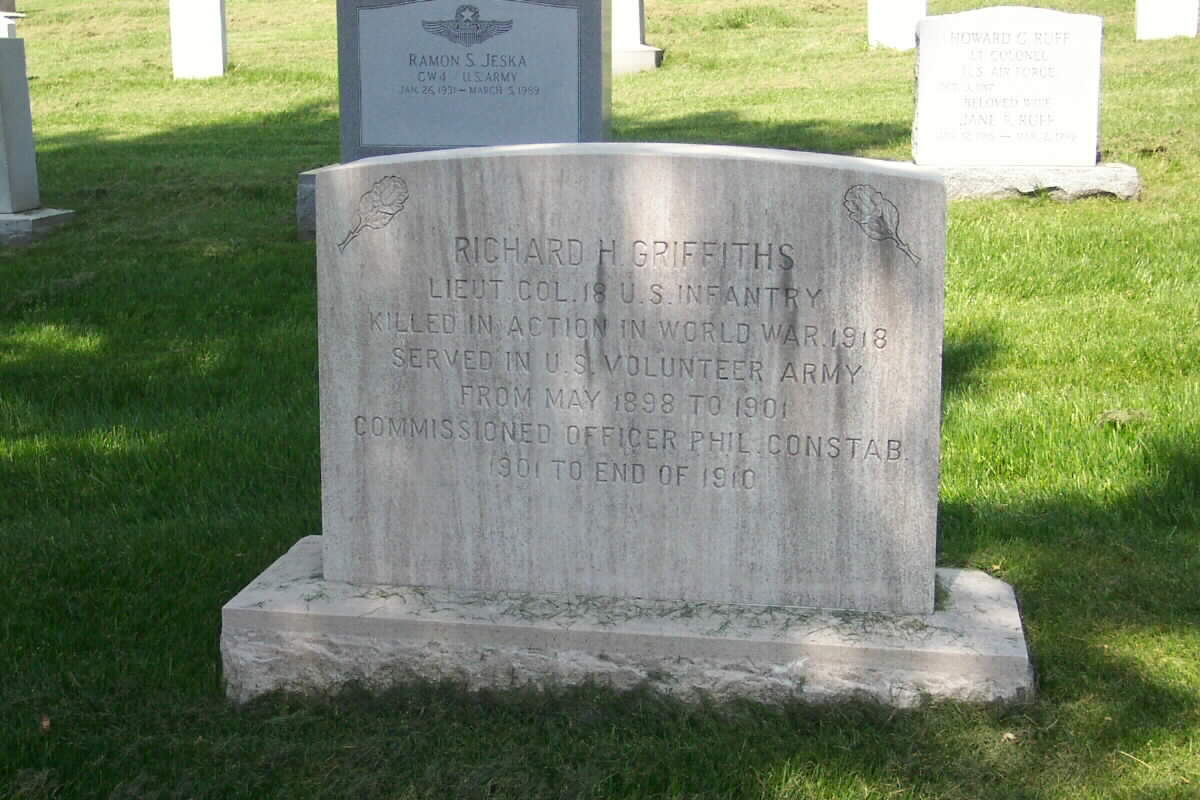Hello:
We are the regimental museum of The Sherwood Foresters Regiment based at Nottingham in England.
I have considerable information and quite a number of photographs of a Lieutenant Colonel Richard Henry Griffiths who was killed in Action 27 April 1918 at Villers Tournelle, France.
He was originally buried at Tourni British Military Cemetery, but we have original photographs showing his exhumation which was carried out at the request of his wife. We also have photographs of his wife in the cemetery.
We understand that Lieutenant Colonel Griffith was removed to Arlington Cemetery. Can you confirm this and is it possible to obtain a copy of a photograph of his grave there. We would be much obliged if you could assist in completing our regimental records.
R.H. Griffith was born in Derbyshire England and taken to America as a young child. He enlisted in the Tennessee National Guard in 1898 and became a First Sergeant in the 37th U.S. Volunteer Infantry. He passed examination for commission on 21 November 1900 but did not take up the appointment and left the service. He re-enlisted as a Private First Class in the U.S. Engineers in 1901 and left as a Corporal in October 1901. He was commissioned Lieutenant in the Philippine Constabulary in October 1901. He was a Major in 1911 when he left the Constabulary.
When World War I broke out he traveled to England in 1914/15 and was commissioned as a Captain into the Sherwood Foresters Regiment on 17 March 1915. As a Major he commanded the 1/5th Royal Scots in Gallipoli and then returned to the Sherwood Foresters being wounded by a wizzbang near Poperinghe on 16 June 1916, which broke his shoulder. He transferred as a Major and 2i/c to the 9th Bn Suffolk Regiment. He resigned his commission in the British Army on 27 November 1917, 2 hours later he was a Major with the 18th U.S. infantry 1st Division. He was promoted to Lieutenant Colonel, 3rd Battalion 18th U.S. Inf Division in April 1918. He was killed in Action 27 April 1918. His medals were sold to a collector at auction in 1991 and the group was a fine mixed group of service and gallantry medals both American and British.
Kindest Regards
Cliff Housley
Regimental Historian
The Sherwood Foresters Museum
Come to www.wfrmuseum.org.uk and see our Collections then visit www.crich-memorial.org.uk , The WFR and Sherwood Foresters War Memorial in Crich, Derbyshire.
Colonel Griffiths was laid to rest in Section 3, Grave 4107, Arlington National Cemetery. Cemetery records indicate his date of death was 28 April 1918.
GRIFFITHS Richard Henry:
Sergeant, First Tennessee National Guard (United States Army) 2 April 1898: First Sergeant, 37th Volunteer Infantry (United States Army) July 1899: Passed examination for Second Lieutenant in 37th U.S. Volunteer Infantry, 21 November 1900, did not take up the appointment but left the service.
He reenlisted as a Private, First Class in the U.S. Engineers, date not known but probably early 1901, received swift promotion to Corporal.
He left the U.S. Army in October 1901, and served as a Lieutenant in the Philippine Constabulary (United States Army), October 1901. He had been promoted to Major by the time he left the Philippines in 1911.
In 1914 he was in Hong Kong and was he was commissioned into the British Army as a Temporary Captain on 19 December 1914. He became a Temporary Captain, 14th Battalion, The Sherwood Foresters, 17 March 1915 and Temporary Major, 20 August 1915. Was Major, and Commanding Officer, 1/5th Royal Scots, 21st May 1915 to 17th April 1916. He reverted to Captain, The Sherwood Foresters, April 1916.
He joined 2nd Battalion 7 June 1916 in the Dugouts on the Canal Bank Poperinghe as a Captain. He was wounded at Poperinghe on the 16th June by Shrapnel from a Wizzbang which broke his shoulder. He became a Major and 2i/c 9th Battalion, The Suffolk Regiment. 23 April 1917.
He resigned his Commission in the British Army 27 November 1917, and was awarded the Honorary rank of Major. Two hours later he was appointed a Major in the U.S. Army, 18th U.S. Infantry, 1st Infantry Division and advanced to Lieutenant Colonel, 3rd Battalion, 18th U.S. Infantry, April 1918. He was killed in Action, 27 April 1918 at Villers-Tournelle, and was buried in the Military Cemetery there.
In 1919 Mrs. Griffiths had his body exhumed and returned to America where it was reburied in the Arlington National Cemetery, Washington, D.C., alongside two other British Officers.
Major Griffiths was born in Derbyshire, England, on 28 February 1873 and was taken to America at an early age by his parents.
He served with The Tennessee National Guard in the Philippine Islands, 1898-99 and was present at the Battles of San Juan de Monte, Water Works Luzon, Iloilo, Paney and other skirmishes. He was present at the Battle of Jarro River, 16 March 1899, and received an Honorable Mention (Dispatches), and was at Columba, Santo Tomas, Aluminos, San Diego, etc in July 1899. He was with General Schwann’s Expedition to Southern Luzon in 1900 and also in General Hill’s Expedition to Polillo and Infanta. He was recommended for the certificate of Merit for Gallantry displayed in action, 28 February 1900.
He commanded 1/5th Royal Scots at Gallipoli in 1915 and served with them April 1915 to March 1916 at Gallipoli, Mudros, Suez Canal, Marseilles and Arqueves. He served with the 2nd and 14th Battalions, The Sherwood Foresters, in the Great War of 1914-19 and was severely wounded June 1916. He rejoined the U.S. Army on 27 November 1917 and was commended by the French Army in February 1918.
Philippine Campaign Medal, Spanish War Service Medal, Philippine Congressional Medal, Allied Victory Medal, (U.S. Version and issued by them at request of British Government) one clasp “Defense Sector”, British War Medal, 1914-15 Star.
This information is taken from the April 1991 issue of Medal News, and the 2nd Battalion War Diary. Major Griffiths Medals were sold in 1991 at Auction in New York and were purchased by an English Collector.
ENEMY SHELL KILLS LIEUTENANT COLONEL GRIFFITHS
Missile Explodes in Front of Picardy Dugout as Tennessee Officer Emerges
Promoted for Bravery
Had Served With British Forces and Once Was Severely Wounded
Held in Affection By His Men
WITH THE AMERICAN ARMY IN FRANCE, May 2, 1918 – Lieutenant Colonel Richard H. Griffiths, commanding a battalion of infantry, has been killed by shellfire in Picardy. He emerged from a dugout just as a German shell exploded directly in front of him.
Colonel Griffith was with the Fourth Tennessee Volunteers in the Spanish-American War an later with the 37th Volunteers. He served also as a Major in the Philippine Constabulary.
He was promoted a Major in the National Army after resigning from the British Army. His widow is a Red Cross Nurse.
At the outbreak of the war, Colonel Griffiths joined the Fifth Royal Scots, serving at the Dardanelles, Saloniki and in France until severely wounded in 1917 when he lost part of a shoulder blade. Last Fall he obtained his release from the British forces to join the American Army as a Major. Because of his cool, calm efficiency during the trying days of January and February, while his men occupied positions northwest of Toul, he was promoted to a Lieutenant Colonel. His men loved him and a correspondent heard a group say the day he was killed: “There’s the old man, and, believe me, if you are looking for a soldier and gentleman there he is. Every man in the outfit would go straight through hell if Griffiths gave the order to march.”
Any many of his men did just that during the few days before he was killed.
When his command was going into the line, Colonel Griffiths sat astride his horse at a crossroads over which the German shrapnel was bursting heavily, and was as unconcerned as if a thousand miles away from the war. He spoke to his men sharply, but in a low voice, telling them not to forget who the enemy as, what he had done, and to punish him. He had been a constant visitor in the trenches and shell holes held by his troops, taking long chances to get to all of them, making sure that they were getting everything wanted and were well cared for.
The shell that killed Colonel Griffiths also killed a Corporal and wounded other men. The Corporal fell across the officer’s body. They were buried in soldier’s graves, where the shells scream constantly and the nights are lighted by the flash of guns.
Information from Michael Patterson webmaster @ arlingtoncemetery.net shows:
Lt Col Griffiths was later buried in the Arlington National Cemetery (Section 3, Grave 4107) his headstone shows date of death as 28 April 1918.
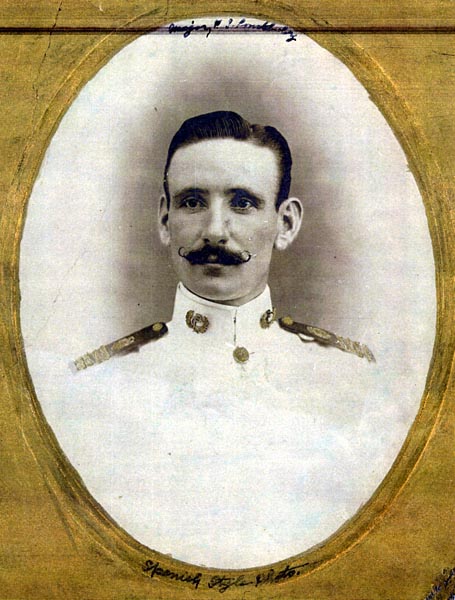
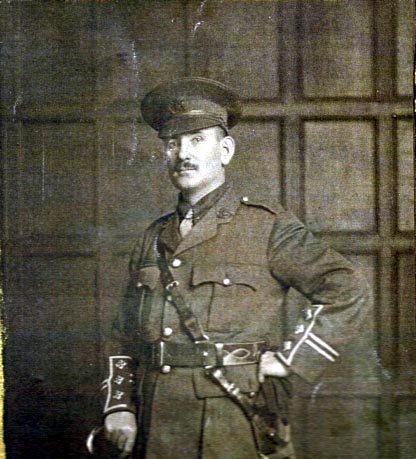
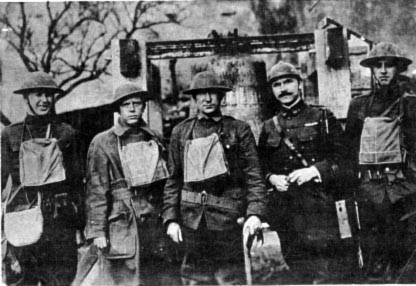
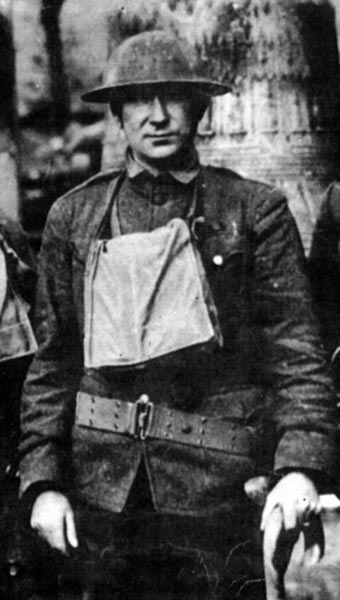
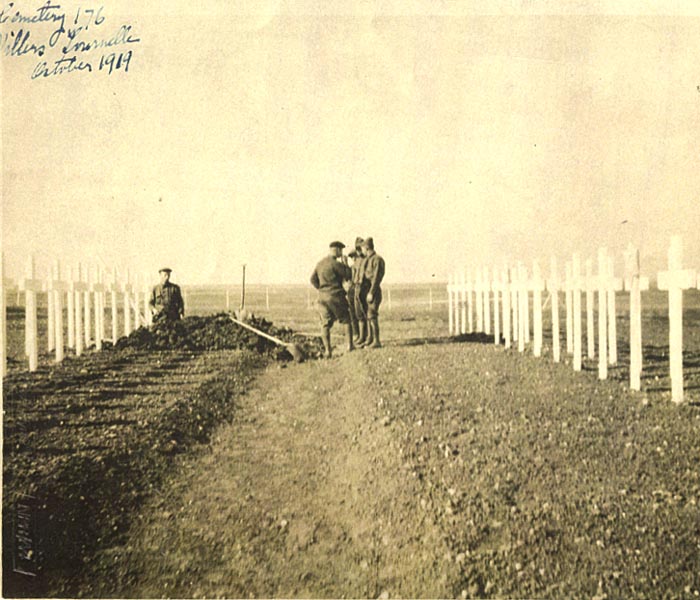
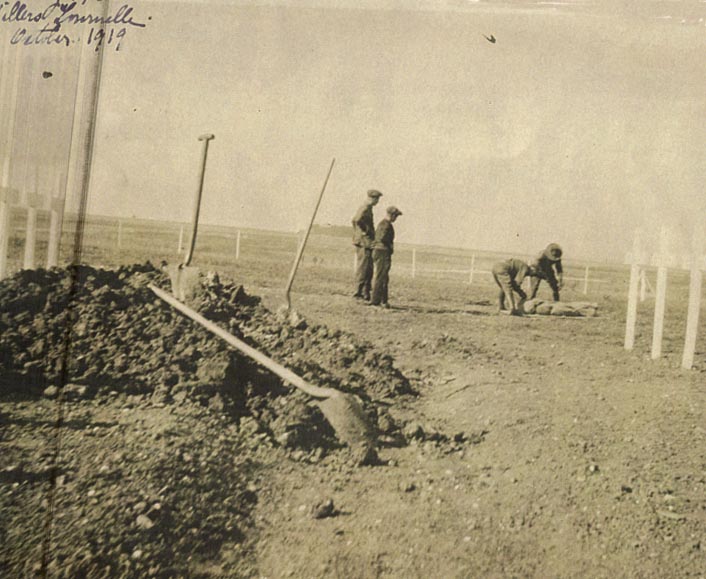
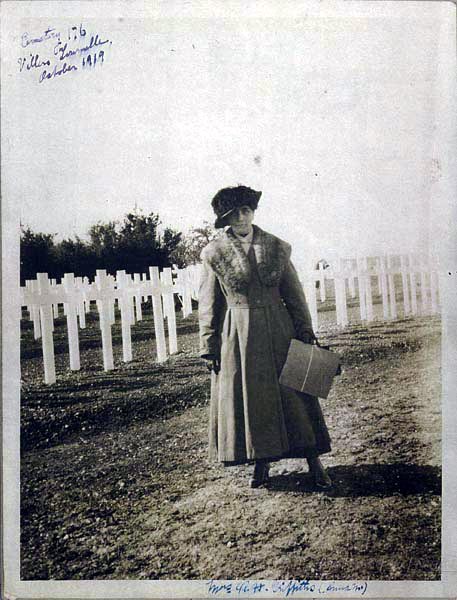
Michael Robert Patterson was born in Arlington and is the son of a former officer of the US Army. So it was no wonder that sooner or later his interests drew him to American history and especially to American military history. Many of his articles can be found on renowned portals like the New York Times, Washingtonpost or Wikipedia.
Reviewed by: Michael Howard

